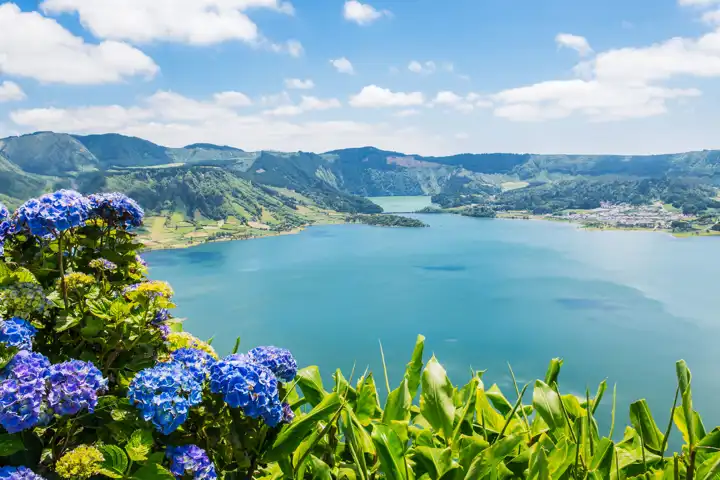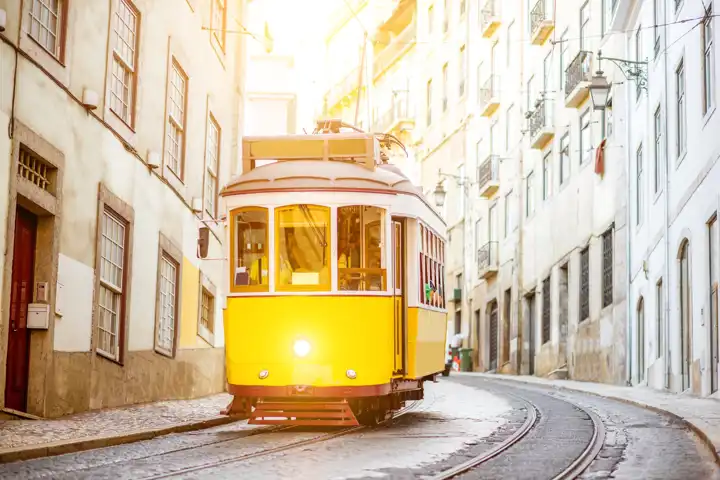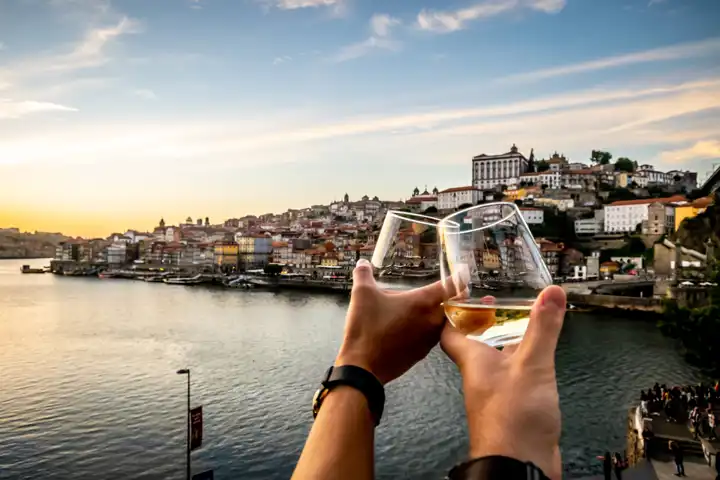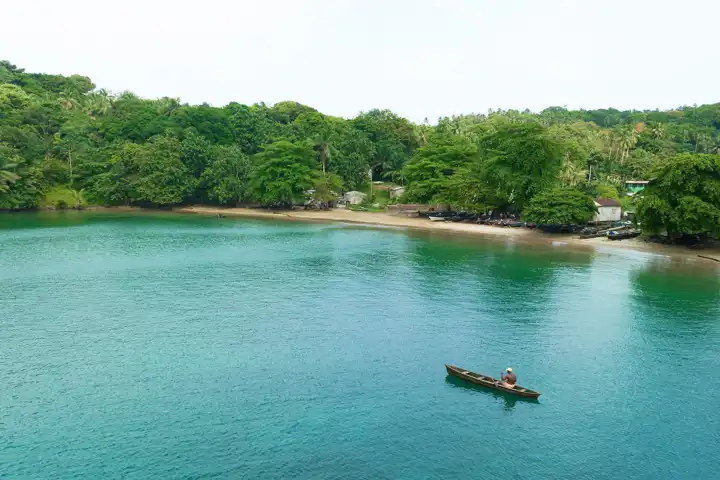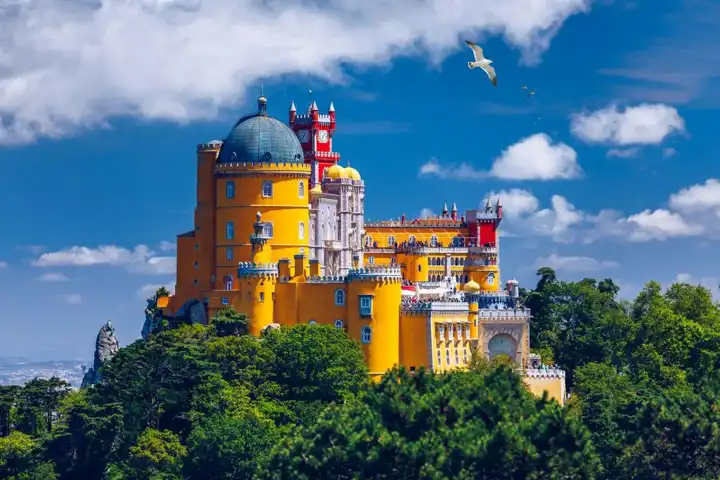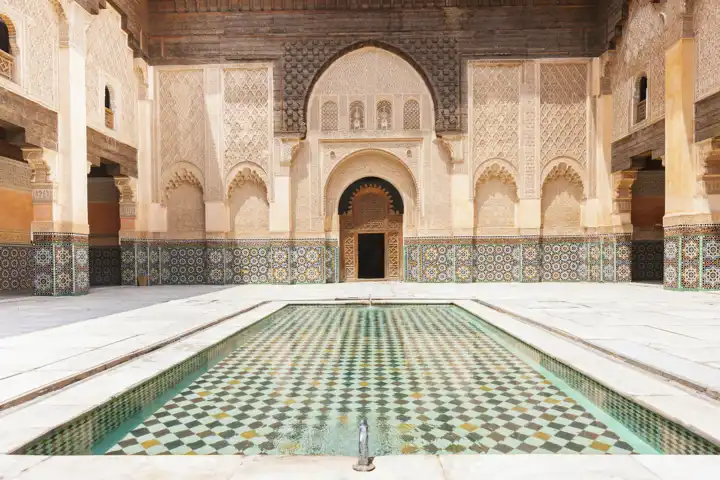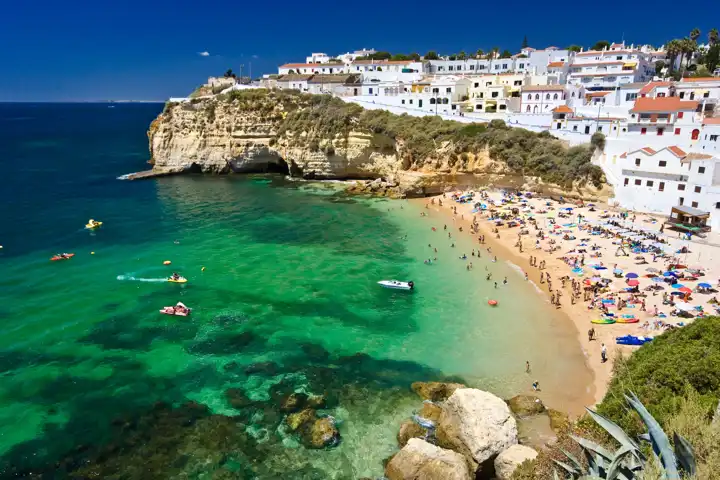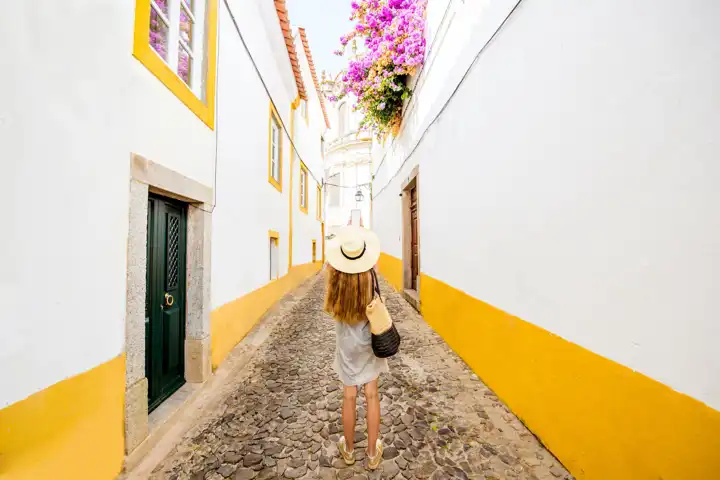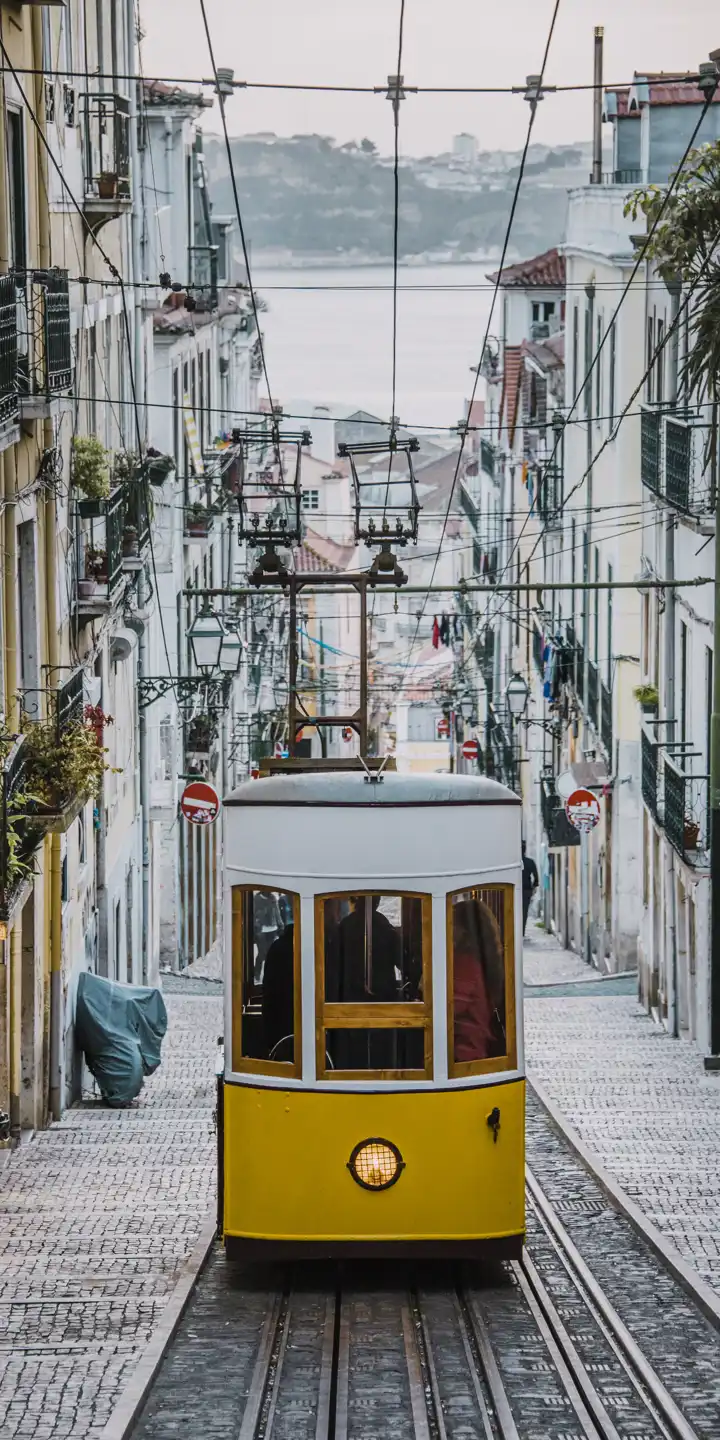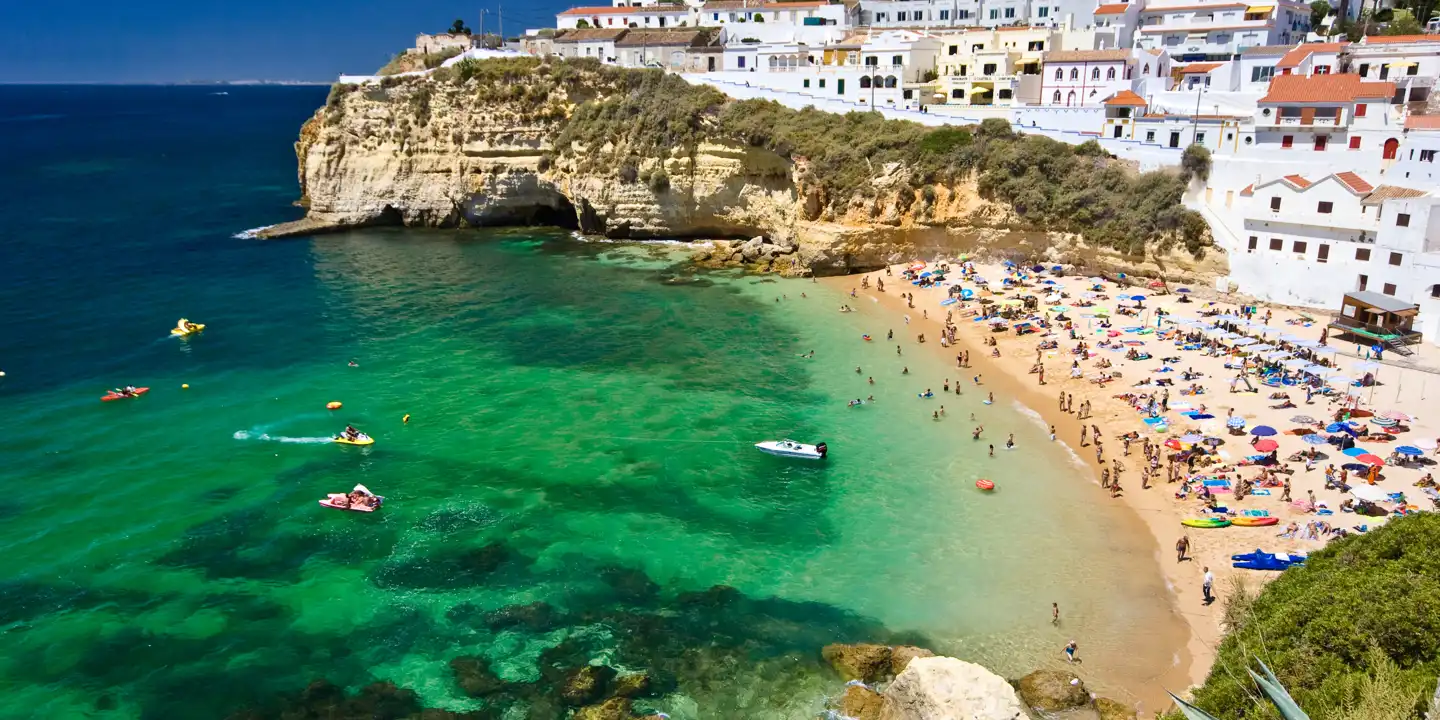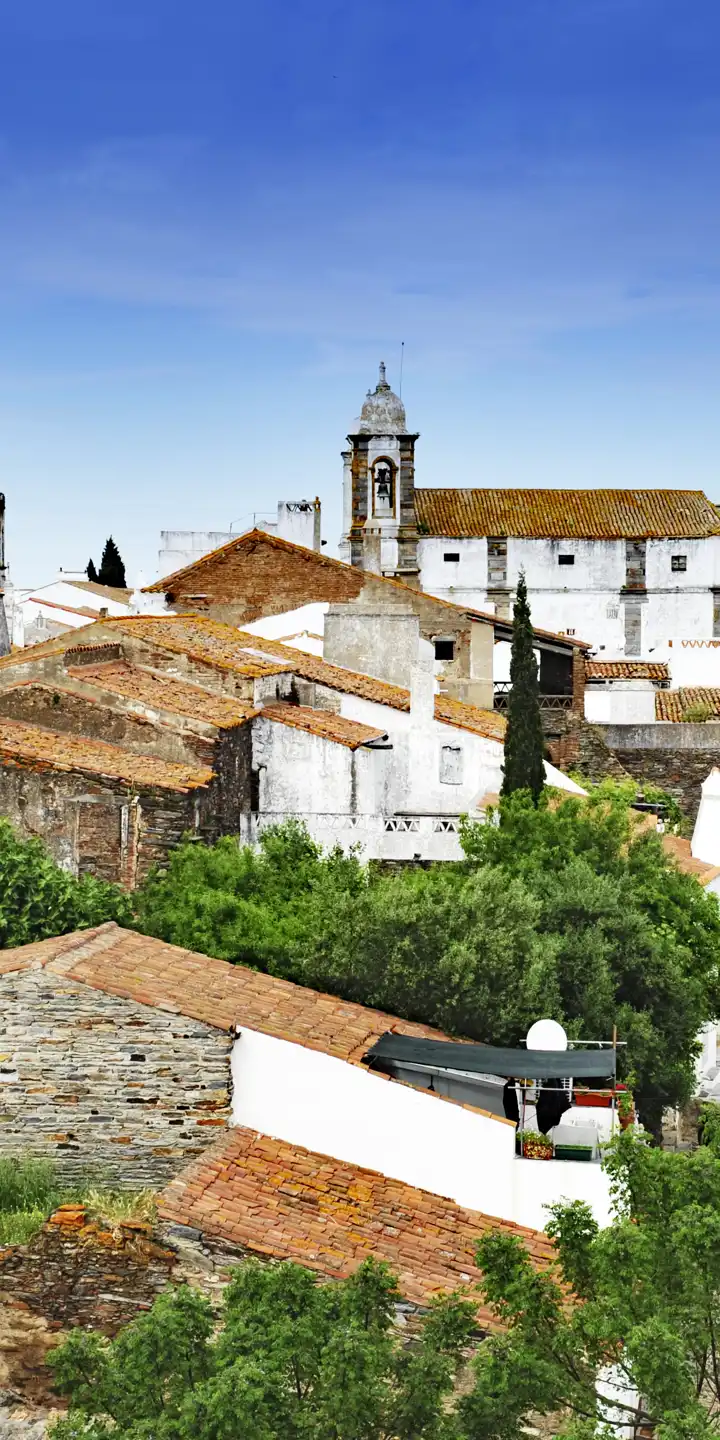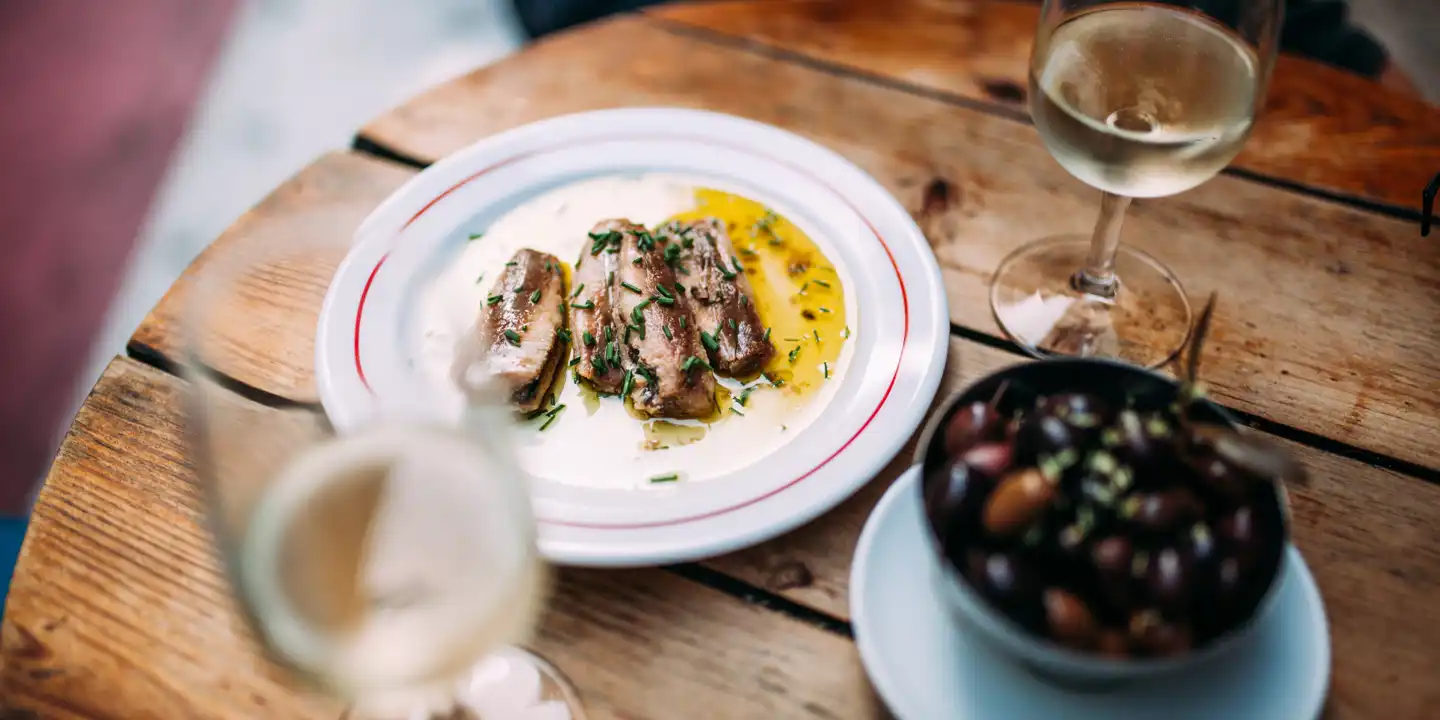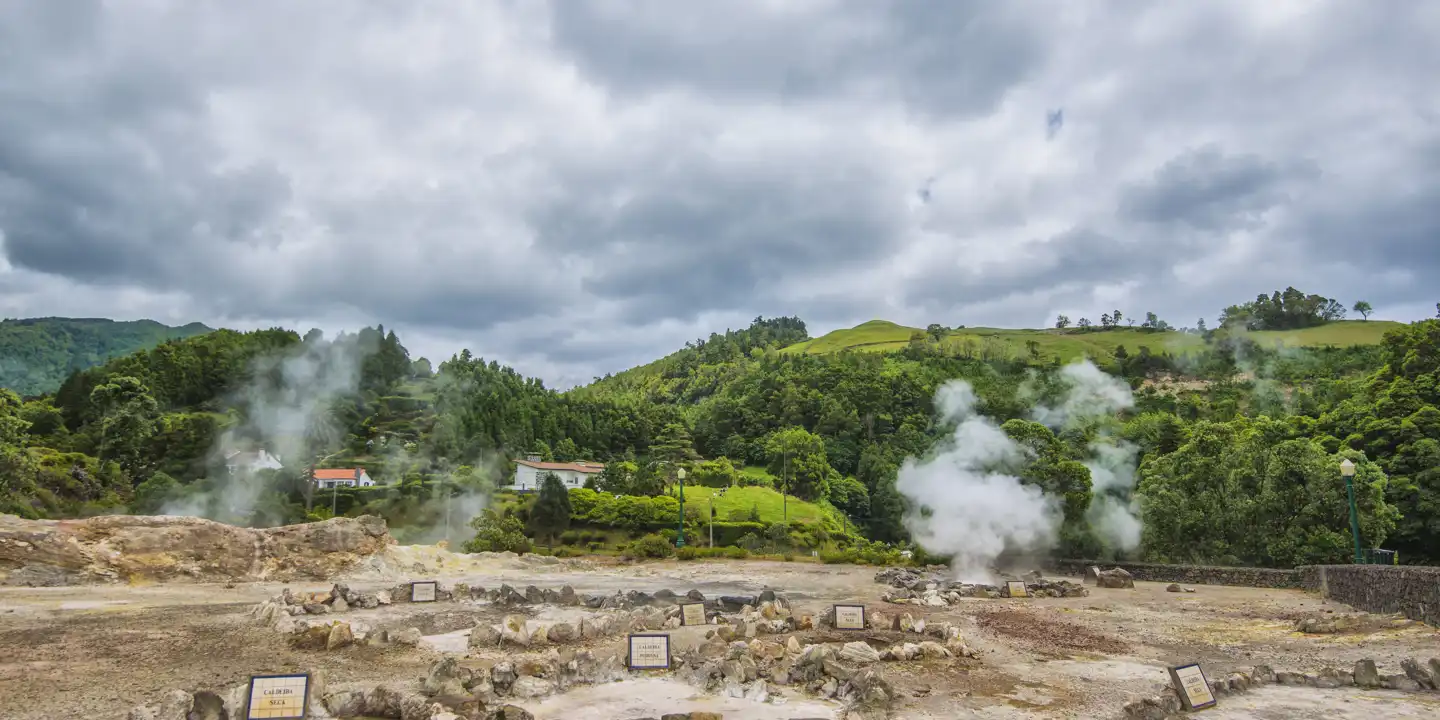Portugal
A Small Country with a Big, Warm Heart
Portugal
Experience luxury travel to Portugal with Ker & Downey. From its whitewashed beaches and fascinating castles, Portugal proves an ideal destination for the international jet setter. Indeed, from the United States, one can arrive in Portugal’s capital city of Lisbon in under seven hours.
True — Portugal luxury travel often means also visiting its larger neighbor, Spain. But this small country has a life and a culture all its own. Plus, you will not find the same crowds in the cities and beaches here.
Alluring Location
First, its location cannot be beat. Bordering the Atlantic, Portugal luxury travel promises warm weather and a diverse landscape of mountains and valleys. Indeed, there is a reason why it is such a popular destination for Europeans and international travelers alike.
Lisbon Love
Lisbon serves as the gateway to Europe and proves an ideal introduction to the continent during luxury travel to Portugal. Here you will find diversity and history intertwined. Gothic cathedrals, late Fado nights, renowned luxury hotels, tradition on display. Lisbon expertly balances the modern and the medieval. Nearby, the beauty of Sintra, Cascais, and Comporta are within easy reach.
Northern Valleys
In the north, Portugal’s wine regions delight the senses. Indeed, the slopes of the Douro Valley are home to the most famous port wine in the world. Whether explore by boat, train, or foot, this UNESCO World Heritage Site is a must-see during Portugal luxury travel.
Southern Beaches
Meanwhile, in the south, Algarve’s seductive beaches make it the most popular destination in the country. And yet, there are still secrets to discover here. Hundreds of beaches vary from rocky cliffs, to white sands and secret green pools. Additionally, you will find plenty of golf, seafood, and Moorish culture and architecture throughout.
Experience Luxury Travel to Portugal with Ker & Downey
Experience luxury travel to Portugal with Ker & Downey. It’s a small country with a big, warm heart, and it is best discovered on a private, fully customized tour. Contact us today to start planning.

